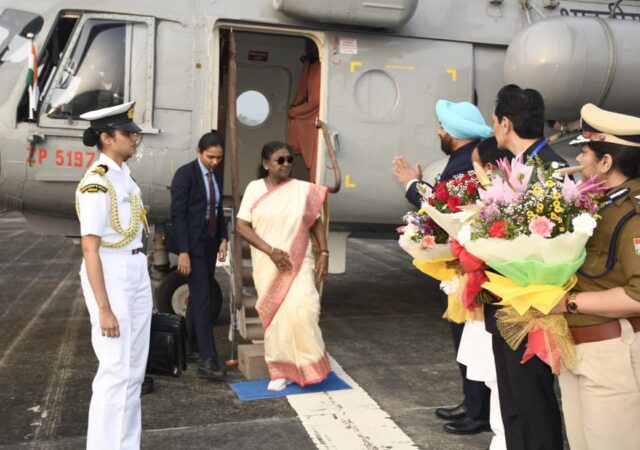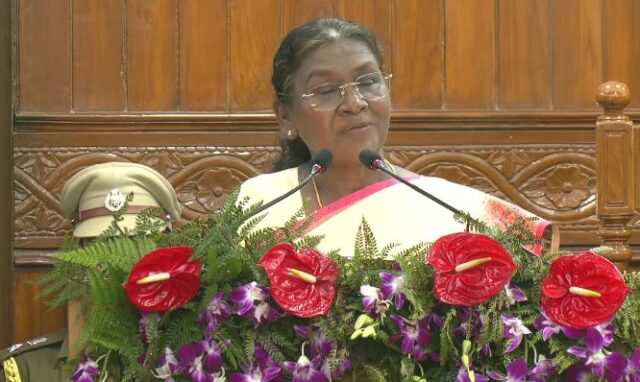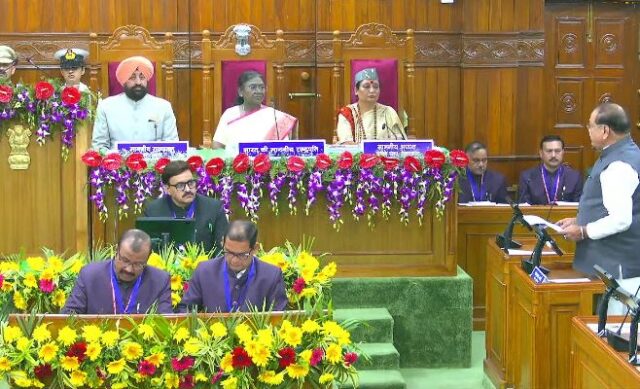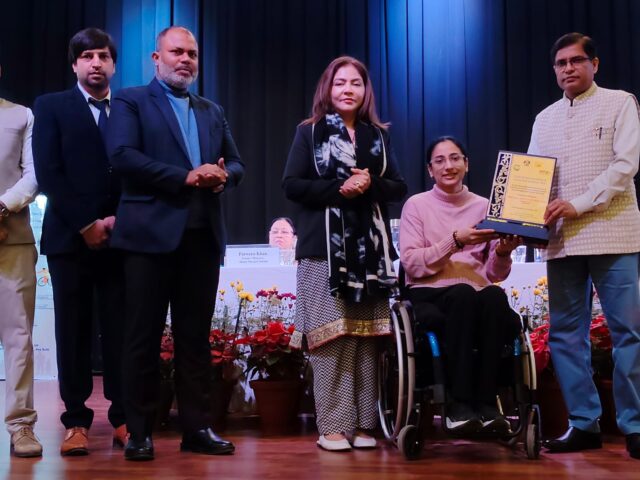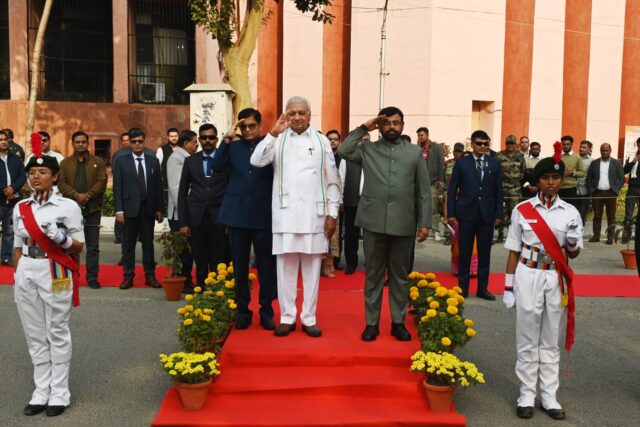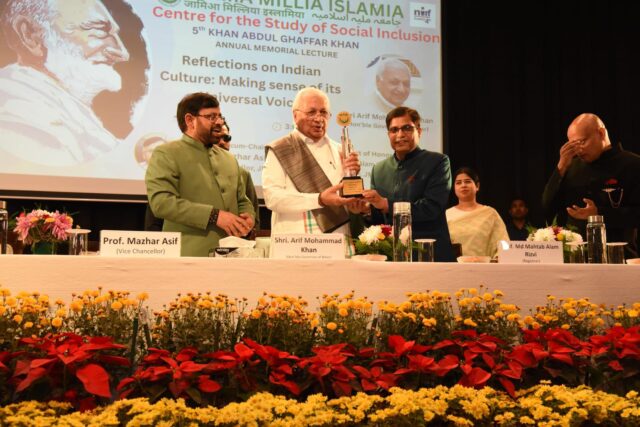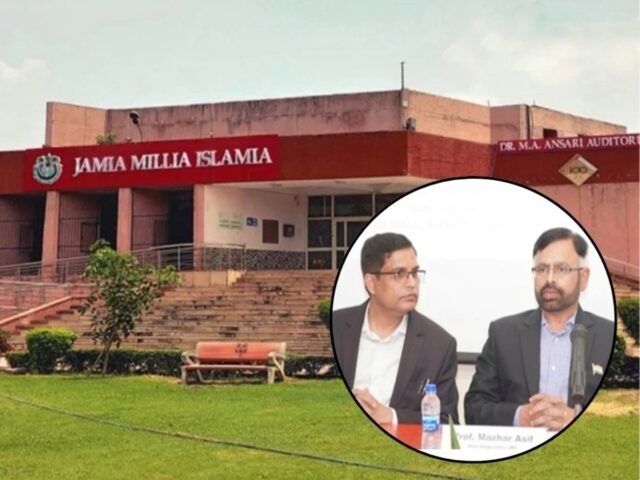Modi is getting Netaji’s statue installed at India Gate, was Subhash Chandra Bose the first Prime Minister of the country?
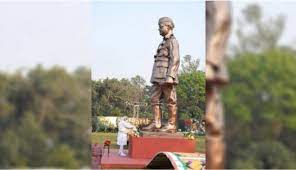
Prime Minister Narendra Modi has announced that a statue of Netaji Subhas Chandra Bose will be installed at India Gate on 23 January this year. Here the statue of King George V of Britain was earlier installed. Since the announcement of the installation of Netaji’s statue at India Gate, the discussion has once again started on social media whether not Jawaharlal Nehru but Subhash Chandra Bose was the first Prime Minister of the country?
Netaji formed the first government of Azad Hind
Netaji Subhash Chandra Bose formed the first independent provisional government of India on 21 October 1943, which was named Azad Hind Sarkar. Bose formed this government in Singapore during the Second World War. Netaji called this government as the first ‘Arji Hukumte-Azad Hind’ of independent India, it is also called the government in exile.
Netaji started an armed struggle to free India from British rule as soon as he formed the ‘Government in Excellence’. Bose was sure that this armed struggle would help the countrymen to achieve independence. Later, Japan also handed over the Andaman and Nicobar Islands to the Azad Hind government headed by Netaji.
Subhash Chandra Bose was the Prime Minister of the Provisional Government
Netaji was the head of state and prime minister in the government-in-exile or ‘Government in Exile’ government. At the same time, the command of the women’s organization was in the hands of Captain Lakshmi Sehgal. The propaganda wing in this government was handled by SA Iyer.
Revolutionary leader Rash Behari Bose was made the principal advisor to Netaji. The Azad Hind government also had its own bank, currency, civil code and stamps. Bose also formed the country’s first women’s regiment – the Rani Jhansi Regiment in the Azad Hind Fauj.
8 countries including Germany, Italy had given recognition to Netaji’s government
The country’s first independent government formed by Netaji was recognized and supported by eight countries, including Germany, Japan, Italy, Croatia, Thailand, Burma, Manchuria, the Philippines, which were then part of the Axis powers.
Germany also played an important role in the formation of Netaji’s provisional government and the Japanese army also played an important role in this. Netaji had chosen Singapore for the formation of this government because at that time Singapore was occupied by Japan. Japan was at that time a member of the German-led Axis powers formed for the Second World War against the British.
What is ‘Government in Agile’ or Government in Exile?
A government in exile is a political group that claims to be the legitimate government of a country, but is unable to exercise the government’s legal powers because it resides in another country. Governments in exile usually plan to one day return to their country of origin and gain formal power.
The practice of governments in exile has been there even before the formation of Azad Hind government by Netaji and even now many exile governments are working in the world. The best example of this is Tibet, where the government-in-exile of Tibet, set up by the Dalai Lama in 1959, is living in India’s political asylum, as Tibet is occupied by China.
Netaji’s great-grandson had said that Bose was the first Prime Minister of the country
In 2017, Netaji’s great-grandson Chandra Bose had said that Subhash Chandra Bose was the first Prime Minister of the country. He said that Netaji was the head of the Azad Hind Fauj and had hoisted the Indian flag in Andaman and Nicobar Islands. In such a situation, Netaji was the first Prime Minister of the country, even though he was the PM of the government-in-exile. The history of freedom struggle should be rewritten to inform the countrymen about the real facts of the freedom struggle.
Netaji played an important role in the freedom struggle
Netaji played an important role in the freedom struggle and went to jail several times. In 1940, Netaji was placed under house arrest by the British at his house in Calcutta. Despite tight guard, he escaped from captivity on 26 January 1941 and reached Hitler-ruled Germany in April via Kabul and Moscow.
Bose arrived in Japan in May 1943 after Japan’s attack on South East Asia. In July 1943, he took over the command of the Azad Hind Fauj. On 21 October 1943, Netaji announced the formation of India’s first independent provisional government. In 1944, while addressing the soldiers of the Azad Hind Fauj, Netaji gave the famous slogan, “You give me blood, I will give you freedom.”
Hind Fauj had opened a front against the British
After the formation of the country’s first government-in-exile by Subhash Chandra Bose in 1943, the Azad Hind Fauj fought against the British. Bose’s Azad Hind Fauj moved towards Rangoon to open a front against the British and from there it entered India on 18 March 1944. Azad Hind Fauj took on the British in Kohima and Imphal.
However, due to lack of help from the Japanese Air Force, the Azad Hind Fauj had to face defeat there. The journey of the Azad Hind Fauj came to an end after the surrender of Japan in World War II and the alleged death of Netaji in a plane crash on 18 August 1945.
Azad Hind Fauj had an important contribution in the independence of the country
At the time of India’s independence, British PM Clement Attlee had admitted that the main reasons for India’s independence were the activities of the Azad Hind Fauj under the leadership of Subhash Chandra Bose, which shook the foundation of the British Empire in India.
Why is Jawaharlal Nehru the first Prime Minister of the country?
Jawaharlal Nehru Congress with the support of Mahatma Gandhi in the election for the post of Congress President held on 29 April 1946, just before independence.

